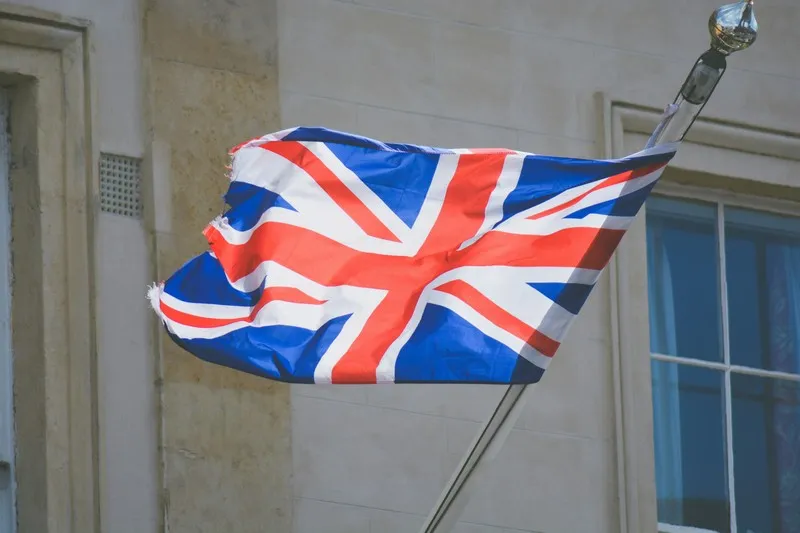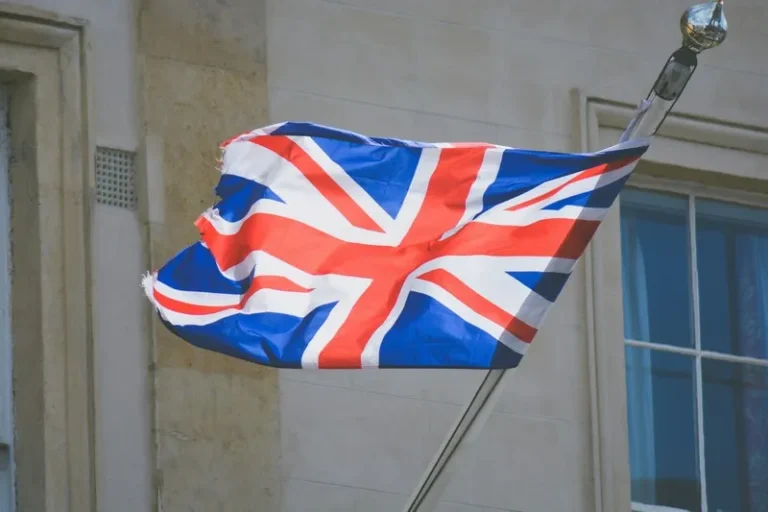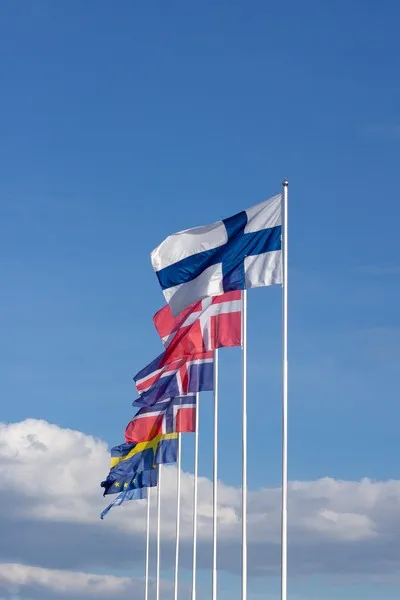Table of Contents
- Introduction
- Historical Backdrop: From Military Triumph to Cultural Memory
- Politicisation of D‑Day in Contemporary Governance
- Mechanisms of Nationalist Mobilisation
- Comparative Case Studies
- Digital Mediation and Algorithmic Memory
- Critical Perspectives and Risks
- Ethnographic Vignettes: Voices from Normandy
- Future Trajectories: Toward Pluralistic Memory
- Conclusion: Reflexive Sociology and Democratic Remembrance
Introduction
On 6 June 1944, Allied troops landed on the beaches of Normandy in an operation that would come to symbolise the turning of the Second World War. What began as a high‑stakes military manoeuvre has since been transformed into a potent mnemonic device within the political cultures of numerous nation‑states. As political actors narrate, frame, and ritualise the events of D‑Day, they do not merely memorialise the past; they actively mobilise collective sentiments that consolidate national identity, citizenship obligations, and geopolitical agendas.
This article, written for undergraduate students of sociology, interrogates the discursive strategies through which politicians harness D‑Day to enforce nationalism. It explores how those strategies operate across media, education, public ritual, and emergent digital infrastructures. In doing so, it deploys the sociological vocabularies of collective memory, civil religion, ritual performance, symbolic power, and critical security studies to illuminate the ongoing political afterlives of 6 June 1944.
Historical Backdrop: From Military Triumph to Cultural Memory
In the immediate aftermath of Operation Overlord, public attention centred on tactical success and human cost. Yet, as the war receded into history, the event was retrofitted into national mythologies. This transformation aligns with Maurice Halbwachs’ insight that collective memory is a present‑oriented reconstruction of the past shaped by social frameworks. Over seven decades, governments have curated museums, erected monuments, produced films, and declared anniversaries in ways that link D‑Day to broader national narratives of sacrifice, freedom, and exceptionalism. Such institutionalisation laid the groundwork for contemporary political reuse, ensuring that D‑Day functions as a cultural script whose elements can be selectively re‑assembled to meet the shifting demands of national storytelling.
From Battlefield to Canonical Myth
The canonical status of D‑Day was not inevitable. Competing wartime moments—Stalingrad, El‑Alamein, Midway—could have provided equally compelling symbolic anchors. However, the visual drama of amphibious assault, the participation of multiple Western democracies, and the operation’s proximity to final victory afforded political actors a malleable icon. By the 1950s, state‑sponsored textbooks across the Anglophone world had installed the Normandy landings as the defining hinge of modern freedom, naturalising a Euro‑Atlantic viewpoint that sidelined the Eastern Front and colonial contributions.
Memory Entrepreneurs and Institutional Scaffolding
Cultural sociologists describe “memory entrepreneurs” as individuals or organisations that commodify the past for present ends. Veteran associations, Hollywood studios, and defence ministries collectively scaffolded a memory market in which D‑Day occupied premium shelf space. The 1962 film The Longest Day exemplifies this synergy: financed partly by U.S. military cooperation, it sold 10 million cinema tickets in its first year while advancing a heroic, racially homogeneous narrative ideal for Cold‑War nation‑building. The film’s commercial triumph foreshadowed subsequent cycles of political re‑appropriation.
Politicisation of D‑Day in Contemporary Governance
Instrumentalisation of Memory
Politicians routinely reference D‑Day during election campaigns, parliamentary debates, and diplomatic addresses. These references function as moral proofs, legitimating policy positions ranging from defence spending to immigration control. By invoking the ‘spirit of 1944’, leaders imply that dissent undermines the sacrifices of wartime forebears, thereby narrowing the discursive space for critique. Pierre Bourdieu’s notion of symbolic power clarifies this manoeuvre: the capacity to name, classify, and recall events bestows authority upon the speaker while pre‑structuring audience perception. Invoking D‑Day is thus a rhetorical short‑circuit, converting historical consensus into present policy consent.
Civil Religion and Sacralisation
Robert Bellah conceptualised civil religion as a set of beliefs, symbols, and rituals that confer sacred status upon the nation. D‑Day anniversaries have become liturgical fixtures, complete with pilgrimages to Normandy beaches, televised ceremonies, and the recitation of canonical texts such as Winston Churchill’s wartime speeches. When heads of state stand before serried veterans and unfurled flags, they enact a civil liturgy that fuses national destiny with martial sacrifice. The sacralisation of D‑Day deters profane scrutiny: critiques of foreign policy risk being reframed as disrespect toward the ‘fallen heroes’ of 1944.
Mechanisms of Nationalist Mobilisation
Symbolic Repertoire Expansion
- Iconography –– Photographs of soldiers wading ashore, Churchill’s cigar‑clad profile, and stylised poppies populate official social‑media feeds every 6 June. These images function as floating signifiers that can be captioned with contemporary slogans (“Defending Freedom Then, Defending Freedom Now”).
- Lexical Borrowing –– Politicians import wartime terminology—“frontline,” “home front,” “invasion”—into speeches on domestic policies such as healthcare reform or economic rivalry, thereby militarising civic discourse and aligning diverse arenas with patriotic duty.
Media Ritualisation and Algorithmic Amplification
Live broadcasts of wreath‑laying or minute‑long silences synchronise spectators across space, creating what Benedict Anderson famously called an “imagined community.” Television anchors adopt solemn tones, reinforcing the gravity of national belonging, while algorithms tailor commemorative content to individual feeds, magnifying affective resonance and disciplining dissenting voices via social approval metrics. During the pandemic‑curtailed 76th anniversary in 2020, global leaders pivoted to livestreamed ceremonies accompanied by interactive hashtags such as #WeAre1944, demonstrating how digital affordances extend ritual space, recalibrating the boundaries of participation.
Pedagogic Framing in School Curricula
History syllabi often culminate in units on the Second World War, with D‑Day framed as the culmination of democratic courage. While pedagogically valuable, this framing obscures colonial contributions and civilian casualties, presenting a purified narrative conducive to national pride. Students encounter D‑Day not as contested history but as a moral parable, rehearsing affective attachments that politicians later activate. Recent curriculum reviews in England recommended “knowledge‑rich stories of heroism,” further entrenching monocultural depictions and sidelining transnational perspectives on the liberation struggle.
Commemorative Performances as Citizenship Tests
Participation in parades, poppy‑wearing, or commemorative social‑media posts functions as a performative display of loyalty. Politicians monitor such performances, rewarding conformity with symbolic inclusion and castigating abstention as unpatriotic. This dynamic aligns with Erving Goffman’s dramaturgical metaphor: front‑stage displays affirm the national script, whereas backstage deviations risk stigmatisation. Witness the 2019 controversy in which a British MP who abstained from wearing a poppy was accused of “dishonouring the dead,” illustrating how commemorative symbols become litmus tests of belonging.
Comparative Case Studies
Get the full article AD FREE. Join now for full access to all premium articles.
View Plans & Subscribe Already a member? Log in.






